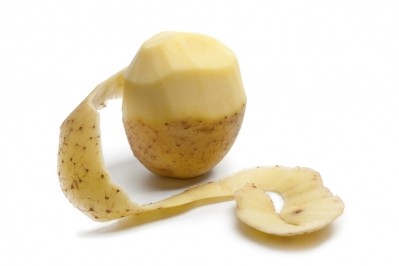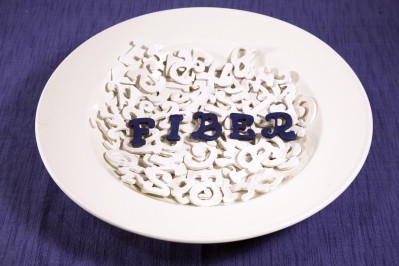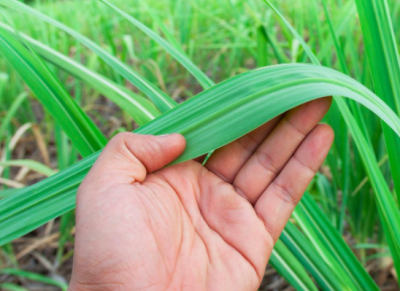Special Edition: Pre & Probiotics
Time is ripe for polyphenols as prebiotics, expert says

Tim Avila, principal of the consulting firm Systems Bioscience, has had long experience working with companies on a variety of ingredients. In the case of prebiotics, the situation is especially fluid, he said, as there is no precise regulatory definition of what a ‘prebiotic’ is. There is one passing reference in an FDA communication, which is really all the industry has to go on at the moment.
Hazy definition
In 2006 FDA issued a draft guidance titled “Complementary and Alternative Medicine Products and Their Regulation by the Food and Drug Administration.” In that guidance, in a footnote, the document has this to say about the definition of prebiotic: “Prebiotics have been defined as non digestible food ingredients that beneficially affect the host by selectively stimulating the growth and/or activity of one or a limited number of bacteria in the colon. . . . Oligosaccharides are commonly used as prebiotics.”
This last bit speaks to the commonly held conclusion that ‘prebiotics’ is a fancy way to refer to a category of carbohydrate ingredients that are comprised mostly or exclusively of soluble fiber that is not easily digested. As the research around the benefits of these ingredients has built up, and consumer awareness has increased as well, there has been a scramble to develop and market ingredients of this type.
Attractive ingredients
The attractions are many. These functional carbohydrates, which include inulin, guar gum, fructo-oligosaccharides, isomalto-oligosaccharides, xylo-oligosaccharides, resistant starch and others, can be manufactured from a variety of feedstocks using a host of methods including enzymatic processes. These ingredients can be tailored to have pleasing mouthfeel and little taste beyond a faint sweetness in some cases making them attractive to work with. And they can be offered at attractive prices.
One of the issues with them, though, is that their properties depend on how they were manufactured. Formulators (and consumers) might be pretty comfortable with what they know about the effects of wheat bran in the gut and how it performs in a formulation. The performance of a prebiotic fiber, though, depends almost entirely on the specifications of the ingredients. Little can be inferred from the feedstock, and Avila said that situation at the moment is not as transparent as one could hope. Some prebiotic fibers contain greater digestion resistant fractions than others, information that Avila said is not always easily available. This could lead to some questions about their specific effects and whether these may have been overstated in some cases.
“The right conclusion is that everything is changing in the prebiotic realm,” Avila told NutraIngredients-USA. “The short takeaway is that the hype around inulin and FOS and things along that line is overstated. The concept of ‘prebiotics’ has been stretched a little thin.”
Avila said epidemiological evidence would conclude that the gut microbiome of human beings is a remarkably adaptable community, and can profit from the ingestion of a lot of different ingredients, not just manufactured carbohydrates. Polyphenols is an example of a category of food chemicals that have demonstrable benefits on the gut. These molecules are the second most abundant category in plants beyond the carbohydrates themselves and have a wide range of effects, including the quenching of free radicals.
Polyphenols research
In terms of their gut health benefits, the polyphenols in tea are perhaps the best researched. In a 2012 paper published in Microbiology and Immunology, Japanese researchers working with a small cohort of human subjects said that green tea consumption selectively boosted beneficial Bifidobacterium species in the gut. “Green tea consumption changed the compositions of fecal microbiotas and demonstrated prebiotic properties,” they wrote. Another study, this one on rats, found that subjects fed a diet rich in the polyphenols found in red wine had gut microbiomes in which beneficial species predominated compared to the controls. In another study, a drink made from powdered wild blueberries has shown to boost bifidobacteria in the human gut.
Polyphenolic ingredients may be poorly absorbed, and developers of these ingredients have gone to great lengths to boost bioavailability with nano-emulsions, liposomal delivery systems and the like. But in a prebiotic positioning, that poor absorption could actually be a good thing. Researchers looking into the gut health benefits of cocoa flavanols in 2011 said that “the absorption of cocoa flavanols in the small intestine is limited, and the majority of the flavanols reach the large intestine where they may be metabolized by resident microbiota.” They went on to conclude “we used a randomized, double-blind, crossover, controlled intervention study to show, for the first time to our knowledge, that the regular dietary inclusion of foods rich in flavanols (in this case, cocoa flavanols) could have significant effects on the growth of select gut microbiota in vivo.”
More research needs to be done on the gut health benefits of polyphenols, including trying to parse out whether they are being metabolized directly, or whether they exert their benefits by damping down the activities of less desirable species by perhaps interfering with quorum sensing or by other mechanisms. Or whether the gut health benefits of polyphenols might be a combination of these effects. Nevertheless, Avila said the benefits are real, and he believes that a whole new category of polyphenolic prebiotic ingredients is on the horizon.
“In the future ingredients like açai and cranberry will be shown to have prebiotic benefits and will marketed for those benefits,” he said.
















